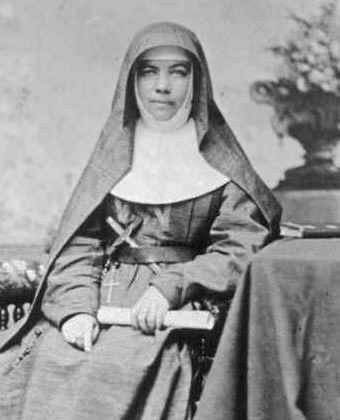Australian farmers have a lot to contend with. There is drought for years on end, inevitably followed by unseasonal rain and flooding. They also have a variety of pests to deal with including rabbits, wild goats and pigs and foxes. But did you know that locusts too are a major threat to Australian agriculture?
The Australian Locust Plague Commission is tasked with monitoring locust swarms – especially of the Australian Plague Locust (pictured) - and forecasting their impact on Australian farmers. This year it is expected that there will be locust hatchings in late December and given this summer’s wet conditions, adults could be ready to swarm in late January 2011.
Although insecticide is the traditional method of control, Jason Fowler of Broome in Western Australia has taken to frying the critters and serving them up as a delicacy. Meanwhile, farmers in Victoria have found that their Christmas turkeys like nothing better than to munch on plague locusts.





![Rocky88 at the English language Wikipedia [GFDL (www.gnu.org/copyleft/fdl.html), CC-BY-SA-3.0 (www.creativecommons.org/licenses/by-sa/3.0/) or GFDL (www.gnu.org/copyleft/fdl.html)], from Wikimedia Commons Q1_Gold_Coast](https://blogger.googleusercontent.com/img/b/R29vZ2xl/AVvXsEhqasszvqFF2mEwKNyl1b6anNfkommtkVmDSR5QvVUNnxkEqj20x0G4kAt1WgZMy_01OI-9fbd6nntvIBoAWb2XfXPTCsz4yfaXZJ0u_X7dup0-L9PQviBTSqI12xEvhCJA_ll9iSp7pDo/?imgmax=800)


![By US Air Force [Public domain], via Wikimedia Commons F-111](https://blogger.googleusercontent.com/img/b/R29vZ2xl/AVvXsEh23bXfs17Rp_puNKRj4vcrFWrt5yms_5UvuVcAjUTVBzGP7t13lI3scjMS1wkMA0TOeuvXGuZBSwIrLSDxXXcR7bmYh-eVrcLSWCtdKfi-vWbNwShfqvmWNGl-KJBcINk0gjjSDsuVKuI/?imgmax=800)
![By vargas2040, Cropped by OsamaK [CC-BY-SA-2.0 (www.creativecommons.org/licenses/by-sa/2.0)], via Wikimedia Commons By vargas2040, Cropped by OsamaK [CC-BY-SA-2.0 (www.creativecommons.org/licenses/by-sa/2.0)], via Wikimedia Commons](https://blogger.googleusercontent.com/img/b/R29vZ2xl/AVvXsEi-V_eoDEEWexEQCcqFJfTxN4XsHwKdBv-V4nZtO6gvwlmFEm_53uSqhcOgaaYtyr2d9fOX0oC76J7InyJkikQt9LodH9k75iGkhidIprKsMXKTf_7B3bt9UYAZbfptYK-ezpudmvAwlLg/?imgmax=800)


















